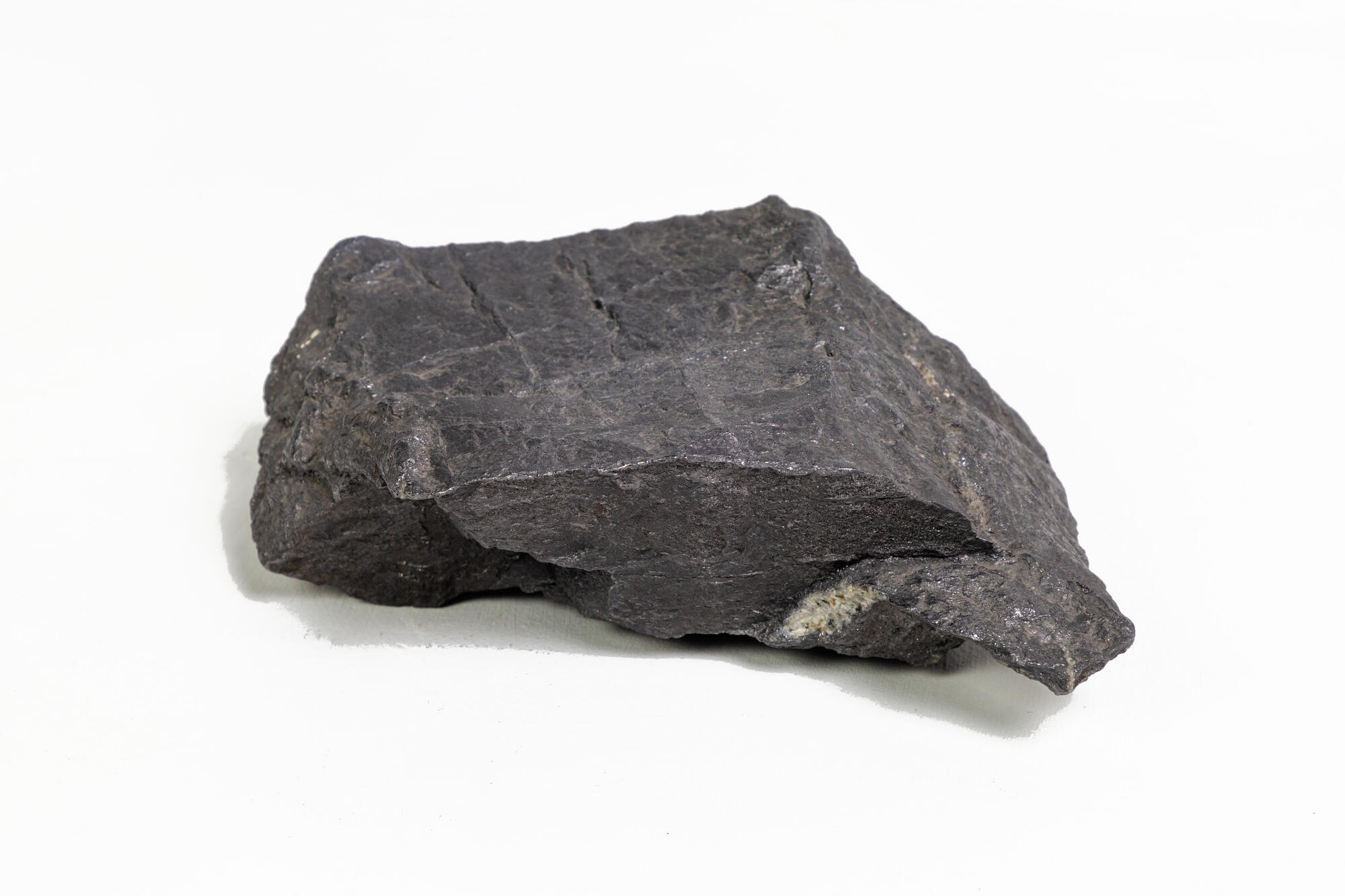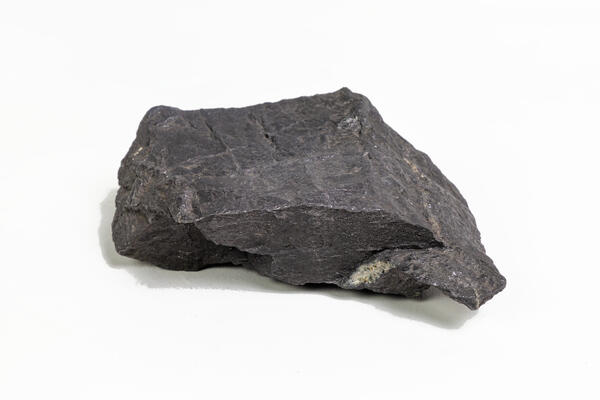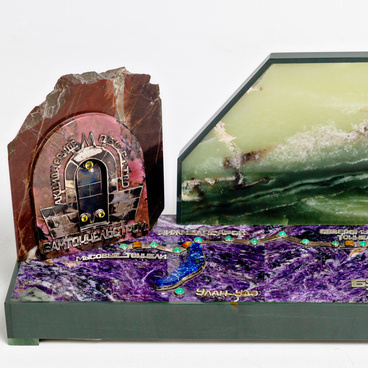The word ‘graphite’ comes from the Greek language and means ‘to write’. Like diamond, this mineral is a form of carbon, but it is much softer, and the special layered structure of its crystals allowed it to be used for writing and painting objects since ancient times. Since the 18th century, graphite has become a raw material for the production of pencil slates.
Botogol Graphite Deposit located on the territory of the Republic of Buryatia is associated with the name of a French industrialist Ivan Petrovich (Jean-Pierre) Alibert. Appreciating the high quality of the local graphite, he bought the mine and began its development in 1847. He called his company ‘Mariinskiy Mine’.
Alibert carefully sorted graphite, and in a strong package on horseback, he took it almost 7,000 km to the German city of Nuremberg to the famous pencil factory of A.V. Faber. Botogol graphite was highly valued there considering that it was 5 times higher than Ceylon graphite and 25 times higher than Austrian graphite. Faber pencils with the inscription ‘Siberian graphite of Alibert’ were considered at that time the best in the world.
Alibert not only created the first technically equipped mine in the center of the Eastern Sayan Mountains. His residence on top of the Botogol Char and farm became a kind of cultural center in this remote corner of Siberia.
In 1858-1859, there were significant changes in pencil production. Due to technical innovations, good pencils could now be made from low-grade graphite ores. Alibert left the mine, which was no longer profitable, and in 1861 works on the mine were discontinued.
Hundreds of tons of graphite were subsequently taken from the dumps left by the previous owners during the Great Patriotic War. This helped the country when the main graphite mines and production facilities of the USSR were captured by the enemy. Botogol Deposit still contains reserves of pure graphite.
Botogol Graphite Deposit located on the territory of the Republic of Buryatia is associated with the name of a French industrialist Ivan Petrovich (Jean-Pierre) Alibert. Appreciating the high quality of the local graphite, he bought the mine and began its development in 1847. He called his company ‘Mariinskiy Mine’.
Alibert carefully sorted graphite, and in a strong package on horseback, he took it almost 7,000 km to the German city of Nuremberg to the famous pencil factory of A.V. Faber. Botogol graphite was highly valued there considering that it was 5 times higher than Ceylon graphite and 25 times higher than Austrian graphite. Faber pencils with the inscription ‘Siberian graphite of Alibert’ were considered at that time the best in the world.
Ivan Petrovich ordered to put the empty rock from the mines in regular stone blocks that resembled the walls of a miniature medieval fortress. Soon he was able to completely protect the mine and the main buildings of the mine from strong winds. Behind the wall, at an altitude of 2,200 meters, he grew a small garden.
Alibert not only created the first technically equipped mine in the center of the Eastern Sayan Mountains. His residence on top of the Botogol Char and farm became a kind of cultural center in this remote corner of Siberia.
In 1858-1859, there were significant changes in pencil production. Due to technical innovations, good pencils could now be made from low-grade graphite ores. Alibert left the mine, which was no longer profitable, and in 1861 works on the mine were discontinued.
Hundreds of tons of graphite were subsequently taken from the dumps left by the previous owners during the Great Patriotic War. This helped the country when the main graphite mines and production facilities of the USSR were captured by the enemy. Botogol Deposit still contains reserves of pure graphite.



